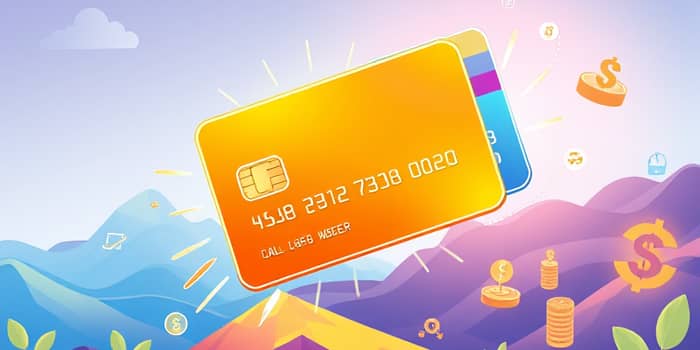
Navigating the world of plastic payment methods can be daunting. Charge and credit cards both offer convenience, but their structures and implications vary drastically. By exploring their core features and practical uses, you can make informed decisions that support your financial goals.
Whether you’re a disciplined spender seeking to avoid interest or someone who values repayment flexibility, understanding these tools will empower you to optimize your financial strategy.
Charge cards require full payment every month. These cards do not have a preset spending limit; instead, purchases are dynamically approved based on your credit history and spending patterns. If you fail to clear the balance, steep penalties or account suspension can ensue.
In contrast, credit cards offer a revolving credit line with a set limit. You can carry a balance over multiple billing cycles by paying at least the minimum amount due, though interest accumulates on any unpaid portion.
Understanding the distinctions helps you evaluate which card aligns with your spending habits.
Charge cards enforce strict repayment discipline every month. Users must pay off the full statement balance to keep accounts in good standing and maintain benefits. This rigid structure deters revolving debt and fosters responsible spending.
Credit cards, on the other hand, grant more flexibility in repaying balances. You can choose to pay the full amount or a minimum sum. While this flexibility can help manage cash flow, it often comes at the cost of accumulating interest charges.
With a charge card, your purchasing power adapts based on financial data and payment history. There’s no preset cap on transactions, though very large purchases may require pre-authorization.
Credit cards assign a fixed limit at account opening. If you attempt charges above this limit, transactions are declined or incur over-limit fees. Regularly exceeding your limit can negatively impact your credit profile.
Charge cards generally do not factor into your credit utilization ratio because there’s no revolving balance. This means no negative impact from utilization spikes, provided you pay on time.
Credit cards report balances relative to limits. A higher utilization percentage can lower your credit score. Maintaining utilization below 30% is often recommended to preserve or improve your rating.
Both card types may carry annual fees, though charge cards tend to have higher fees due to premium benefits. Late payments on charge cards can lead to steep penalties and account suspension, whereas credit cards normally impose late fees and interest but allow the account to remain active.
Rewards programs are available on both types. You may earn cashback, points, or travel perks. Compare program structures and redemption options to match your spending habits and lifestyle.
Choosing the right card depends on your financial discipline and goals.
Business owners, frequent travelers, and high-income earners often lean toward charge cards for premium perks and the discipline they impose. Conversely, students, first-time credit users, or those requiring short-term liquidity may prefer credit cards.
By applying these strategies, you maximize benefits while minimizing costs, regardless of card type.
Understanding the fundamental differences between charge and credit cards equips you to choose the optimal payment tool for your lifestyle. Charge cards foster disciplined spending habits and eliminate interest, while credit cards offer repayment flexibility and credit-building opportunities.
Evaluate your financial habits, goals, and potential for timely payments before selecting a card. With the right approach, you can enhance your purchasing power, build credit wisely, and unlock the rewards best suited to your life.
References













